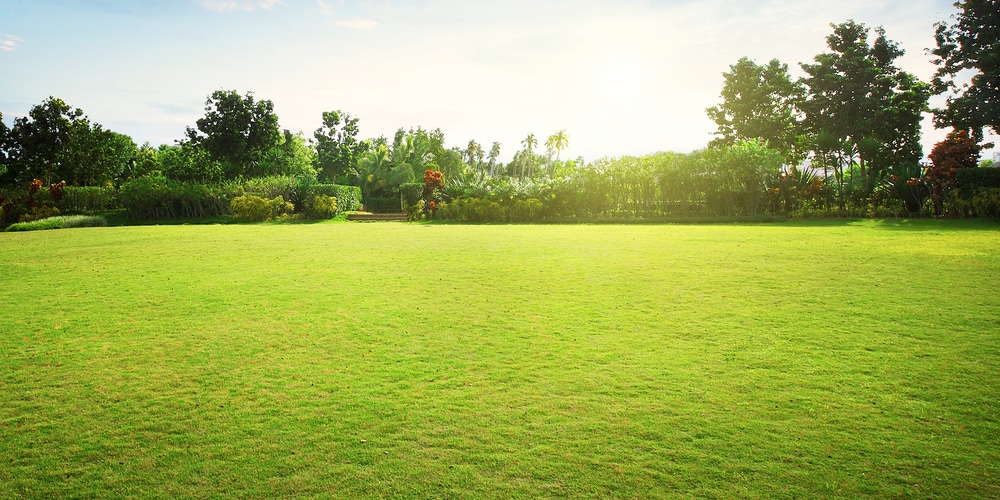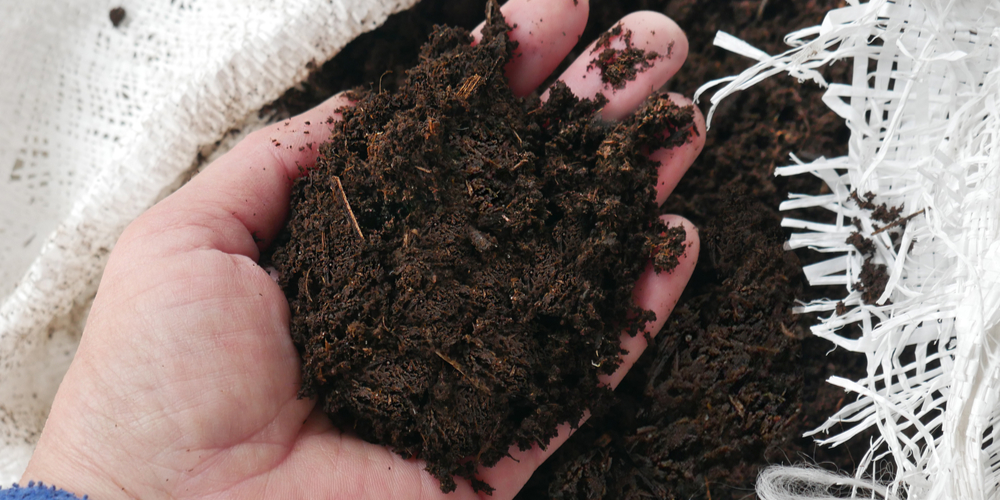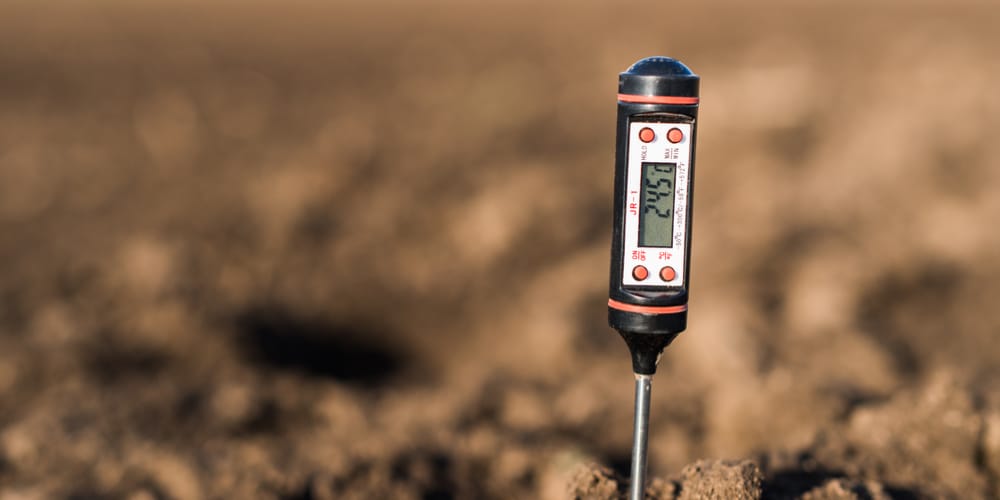
You can put all of your efforts into fertilizing and watering your plants, but if you have problems with the soil, it will all be in vain. After all, it is from the substrate that your plants get all the nutrients and moisture they need to survive. And not all plants like the same conditions.
Some plants can grow well in heavy and clay soils, while others will only thrive in sandy and well-draining environments. But what about the nutrient content? And how can you fix your substrate if you notice something off with it?
Don’t worry: you’ve landed in the right place to find that out. Indeed, in this “How to Fix Hot Soil” essential guide, you’ll learn everything you must know about common problems gardeners face with their soil, including issues with dehydration caused by the extreme temperatures some regions face. By reading this article, you should be ready to improve the growing conditions for your plants.
Soil Temperature and How To Fix Hot Soil
Even if it sounds trivial, the soil temperature is a crucial parameter in agriculture. Maintaining ideal conditions allows your plants to thrive and develop effectively. And the environment surrounding your plants can change seasonally or even daily, so you must pay attention.
The temperature in your substrate depends on various factors, including its color, moisture, available sunlight, and compaction. Keep reading to learn more about how to fix hot soil conditions in your garden.
What Can Cause Hot Soil?
As we mentioned, a lot of factors can cause hot soil. Usually, the amount of solar radiation and the climate conditions are the main elements contributing to higher temperatures in the substrate. Also, keep in mind that the type of soil you use can also impact. Sandy and dry soils tend to heat up faster, while the contrary is true for clay soils. So that you know, sand gets hot quicker because of its low density and porosity.
And yes, adding mulch to a well-draining potting mix will retain moisture for longer and prevent these issues. However, you’ll need to be careful about that too. Wet soil tends to be better at conducting heat than dry ones, meaning that dry substrates will heat up faster during the day and cool down in less time at night.
And if you are using organic matter to increase water retention, be aware that it can darken the earth. While that sounds harmless, a darker substrate will be reflective of the sunlight, which increases the temperature of the soil. Decomposition of compost and manure can also make the substrate hotter, so pay attention to how much organic matter you add (especially if you live in a hot and dry region, where summer temperatures can get extreme).
Soil temperature is crucial for growing healthy plants: it affects biological, chemical, and physical features that might cause problems to your plants’ abilities to absorb nutrients and moisture from the environment.
What Can You Do To Fix Hot Soil?
Hot soil can cause your plants to become dehydrated and struggle for survival. If you notice your plants are wilting or changing color, your substrate might be part of the issue. Heat stress can limit your plants’ ability to grow and develop, which might even cause their death. Hot soil can reduce the rate of photosynthesis and hurt root growth, which can affect yields. But what can you do to improve your soil conditions under such circumstances? Read on to find out!
For starters, you must learn to monitor soil moisture and commit to a consistent watering schedule to reduce the impact of heat stress on your plants. Use your fingers to know when to water them (by feeling the soil), and make sure you adjust your routine to your plants’ requirements.
Also, don’t forget to be aware of your green friends’ needs: every species might thrive in different moisture conditions. Additionally, ensure you only water your plants early in the morning or after sunset to minimize evaporation and help them make the most out of the water you give them.
How To Fix Hot Soil:Conclusion
Look at your plant to understand whether you are doing something wrong with watering. Evaluate leaves and the canopy structure: if they look wilted, but the soil isn’t dry, it is probably because of heat stress. Consider protecting your plants from the scorching sun, and don’t forget to ensure that the substrate you use is suitable for your plants (and garden’s conditions)
Related Article: Why Does My Soil Smell Like Sewage?

